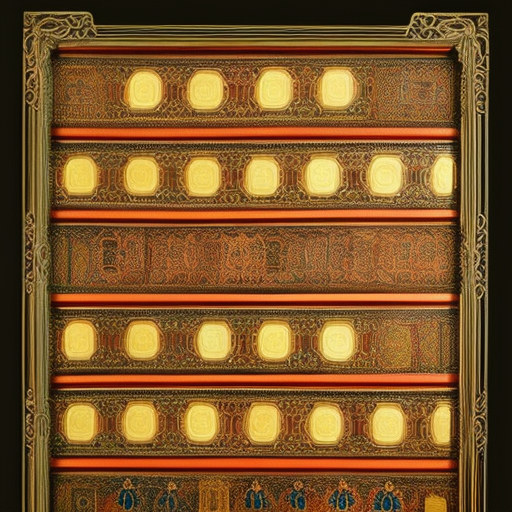Summary:
The Art and Craft Movement was a late 19th-century artistic and social movement that emerged in response to the industrialization and mass production of goods. It sought to revive traditional craftsmanship and promote the importance of handmade objects. Led by influential figures such as William Morris, the movement emphasized the integration of art into everyday life and the value of skilled labor. The movement had a significant impact on various art forms, including architecture, furniture design, textiles, and decorative arts.
Origins and Influences:
The Art and Craft Movement originated in Britain in the late 19th century as a reaction against the dehumanizing effects of industrialization. It was influenced by the ideas of the Gothic Revival and the Arts and Crafts philosophy, which advocated for the unity of art, craft, and design. Key figures such as William Morris, John Ruskin, and Walter Crane played pivotal roles in shaping the movement’s ideology and promoting its principles.
Principles and Objectives:
The Art and Craft Movement aimed to counter the mass production of goods by championing the importance of handmade objects created by skilled artisans. It sought to bring beauty and craftsmanship back into everyday life, rejecting the notion that art should be reserved for the elite. The movement emphasized the use of natural materials, traditional techniques, and simple, functional designs. It also placed a strong emphasis on the integration of art into architecture and interior design.
Impact on Architecture:
The Art and Craft Movement had a profound impact on architecture, particularly in the design of domestic buildings. Architects such as Charles Rennie Mackintosh and Philip Webb embraced the movement’s principles and incorporated them into their designs. They emphasized the use of local materials, traditional construction methods, and attention to detail. The movement also influenced the design of public buildings, such as schools and libraries, which were seen as important spaces for the cultivation of art and education.
Furniture and Textile Design:
The movement’s influence extended to furniture and textile design. Artisans and designers sought to create pieces that were both aesthetically pleasing and functional. Furniture was often handmade using traditional joinery techniques, with an emphasis on simplicity and craftsmanship. Textiles, such as wallpapers, fabrics, and carpets, featured intricate patterns inspired by nature and traditional motifs.
Decorative Arts:
The Art and Craft Movement had a significant impact on the decorative arts, including ceramics, metalwork, and stained glass. Artisans and designers sought to revive traditional techniques and create objects of beauty and utility. Ceramicists like William De Morgan and potters from the Wedgwood and Royal Doulton factories produced exquisite pieces with intricate designs. Metalworkers, such as Archibald Knox, created decorative objects that combined functionality with artistic expression. Stained glass artists, like Louis Comfort Tiffany, produced stunning windows that incorporated nature-inspired motifs.
Legacy:
The Art and Craft Movement had a lasting impact on the world of art and design. Its emphasis on craftsmanship, simplicity, and the integration of art into everyday life laid the foundation for modern design movements such as the Bauhaus and the Arts and Crafts revival of the 20th century. The movement’s principles continue to inspire contemporary artisans and designers who value the importance of handmade objects and the preservation of traditional craftsmanship.












